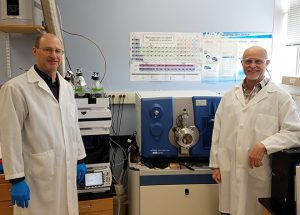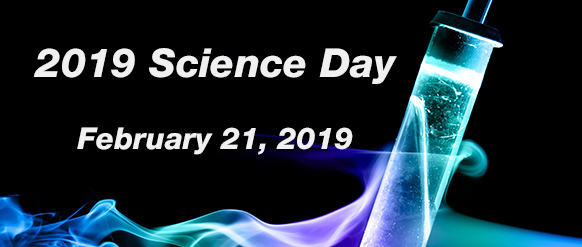The Wisconsin State Laboratory of Hygiene (WSLH) is developing a new seminar support initiative to encourage cross-disciplinary research, exchange of ideas, and to develop new opportunities. As a test of the feasibility and interest we have reached out to multiple UW-Madison programs to schedule co-sponsored seminars as well as lab tours and meetings with WSLH staff. We have had great success with the outreach and have been able to schedule three great speakers this semester. All talks are free and open to the public.
March 29th
Speaker: Heather Carleton, MPH, PhD, Bioinformatics and Metagenomics (BioMe) Team Lead in the Enteric Diseases Laboratory Branch of the Centers for Disease Control and Prevention (CDC)
PulseNet Enteric Bacteria Surveillance Using Whole Genome Sequencing: A One Health Approach
Date/Time: Friday, March 29, 2019, from Noon – 1:00 PM
Location: Room 2350, UW School of Veterinary Medicine, 2015 Linden Drive, Madison (UW Campus map)
Sponsored by: School of Veterinary Medicine, Wisconsin State Laboratory of Hygiene, Wisconsin Veterinary Diagnostic Laboratory
April 15 and 16th
Speaker: Scott Grosse, PhD, Research Economist with the National Center on Birth Defects and Developmental Disabilities at the Centers for Disease Control and Prevention (CDC)
Autism Insurance Mandates and Healthcare Expenditures for Children with Autism Spectrum Disorder in Employer-Sponsored Plans, 2007-2014
Date/Time: Monday, April 15, 2019, from Noon – 1:00 PM
Location: Room 1335 Health Sciences Learning Center, 750 Highland Ave., Madison (UW Campus map)
To view the live stream: http://live.videos.med.wisc.edu/
How to Demonstrate Value in Newborn Screening: Consider Your Stakeholders
Date/Time: Tuesday, April 16, 2019, from Noon – 1:00 PM
Location: Room 213 WI State Laboratory of Hygiene, 465 Henry Mall, Madison (UW Campus map)
Sponsored by: Population Health Sciences Department/School of Medicine and Public Health, Wisconsin State Laboratory of Hygiene
April 19th
Speaker: Eve-Lyn Hinckley, PhD, University of Colorado Boulder – Department of Environmental Studies, Institute of Arctic and Alpine Research
Date/Time: Friday, April 19, 2019, from 3:00 – 4:00 PM
Location: Room 184 Russell Labs, 1630 Linden Drive, Madison (UW Campus map)
Sponsored by: Forest and Wildlife Ecology Department/College of Agricultural and Life Sciences, Wisconsin State Laboratory of Hygiene

 The
The 